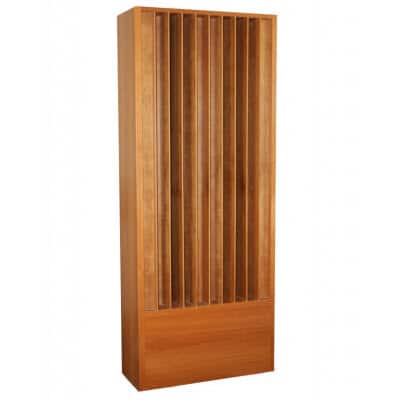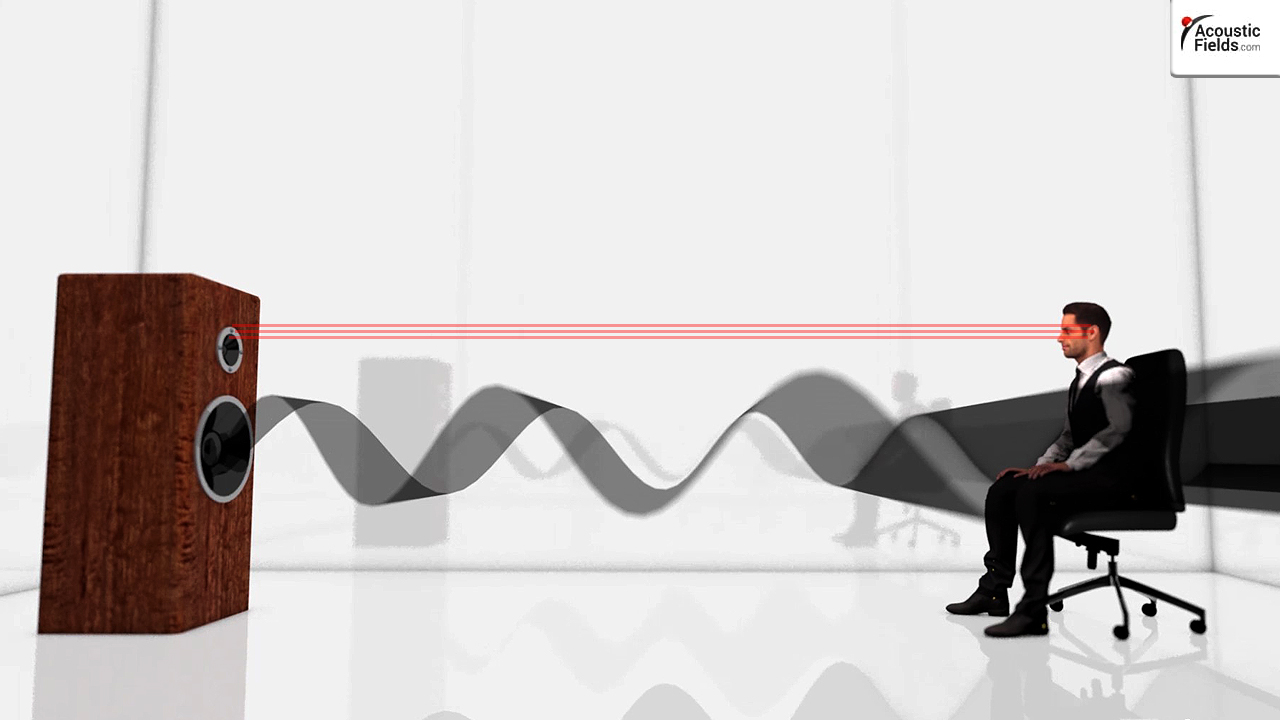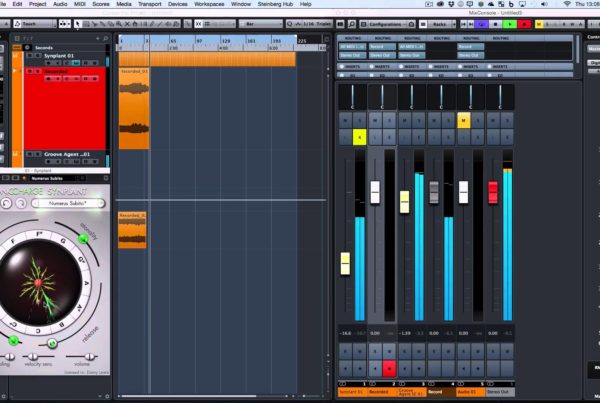Wood acoustic panels come in two main types. First, you have sound diffusion and then sound absorption wood acoustic panels. Sound diffusion wood acoustic panels are the most prominent because wood is a good material in order to make sound diffusers from.
If you choose the correct wood for your sound diffuser, you can create a warm sound when the diffuser spreads the sound energy back into your room. Sound absorption wood acoustic panels are usually framed with wood and covered with fabric because fabric allows for air flow into the panel so sound absorption can occur.
Wood Acoustic Panels
Sound absorption panels can be made out of wood but it is the cabinet that is made out of wood that actually holds the sound absorptive material. There are fabric wrapped panels and they are fabric wrapped around a frame that inside contains the sound absorbing material selected by the manufacturer.
A true wood acoustic panel has a wooden cabinet that contains the sound absorbing material that is then covered with an acoustically transparent fabric. Most sound absorbing panels in the market place today are fabric wrapped panels.
Click here to see our Acoustic Panels
Decor Friendly
Wood acoustic panels give you more choices in the ability to match any decor you wish to place the panels in. You can choose the wood type, stain color, and finish you wish to place on the wood itself. Your fabric color and texture choices can be matched to create a piece of furniture, if you will, that you can hang on your wall that will coordinate with all existing materials and colors in your room. With a wood acoustic panel for sound absorption, you can elevate the sound absorbing technology up to the component level equal in importance through performance and appearance to your speakers and amplifiers.
Click here to see our Quadratic Diffuser Absorber
Sound Diffusion
Sound diffusers in order to sound warm and friendly, should be made out of wood. Wood has a smoother and more natural tone, if you will, when it comes to sound diffusion technology. In sound diffusion, energy strikes the diffuser and then enters the chambers of the diffuser and then is redistributed back into the room. Sound energy takes on the characteristics of the material that it strikes. If sound energy strikes glass, you get glass sound returned into your room. You know that sound. It is the sound of listening to music in your car. When sound energy strikes wood, you get “wood sound” which is a warmer and less edgy sound than “glass sound”.
Quadratic Diffusion
Quadratic diffusion is the most predictable and consistent method of sound diffusion available today. A quadratic diffuser is a series of wells or troughs that diffuse energy based on the quarter wavelength rule. If the depth of the well is at 25% of the wavelengths to be diffused measurement, it will be diffused back into the room. A quadratic diffuser can be designed to diffuse specific frequencies or create a more broadband approach covering many frequencies.
Two Dimensions Of Diffusion
With a quadratic diffuser, you can achieve two out of a possible three dimensions of diffusion. A diffuser placed vertically within your room, will diffuse sound in a horizontal fan like array. A quadratic diffuser placed in a horizontal dimension, will diffuse sound in a vertical fan like array. These two diffused sound dimensions creates a more realistic sound field environment. We hear in surround sound, not just using two channels of source material. trust this post has been helpful.







